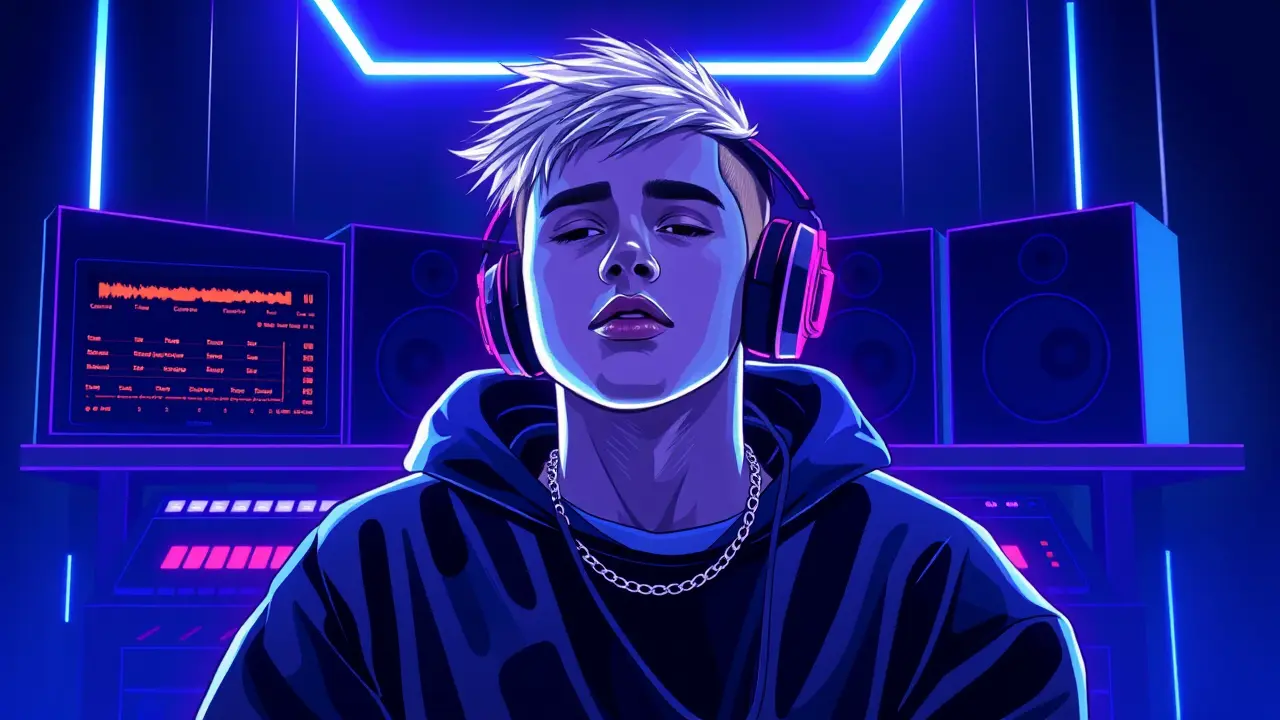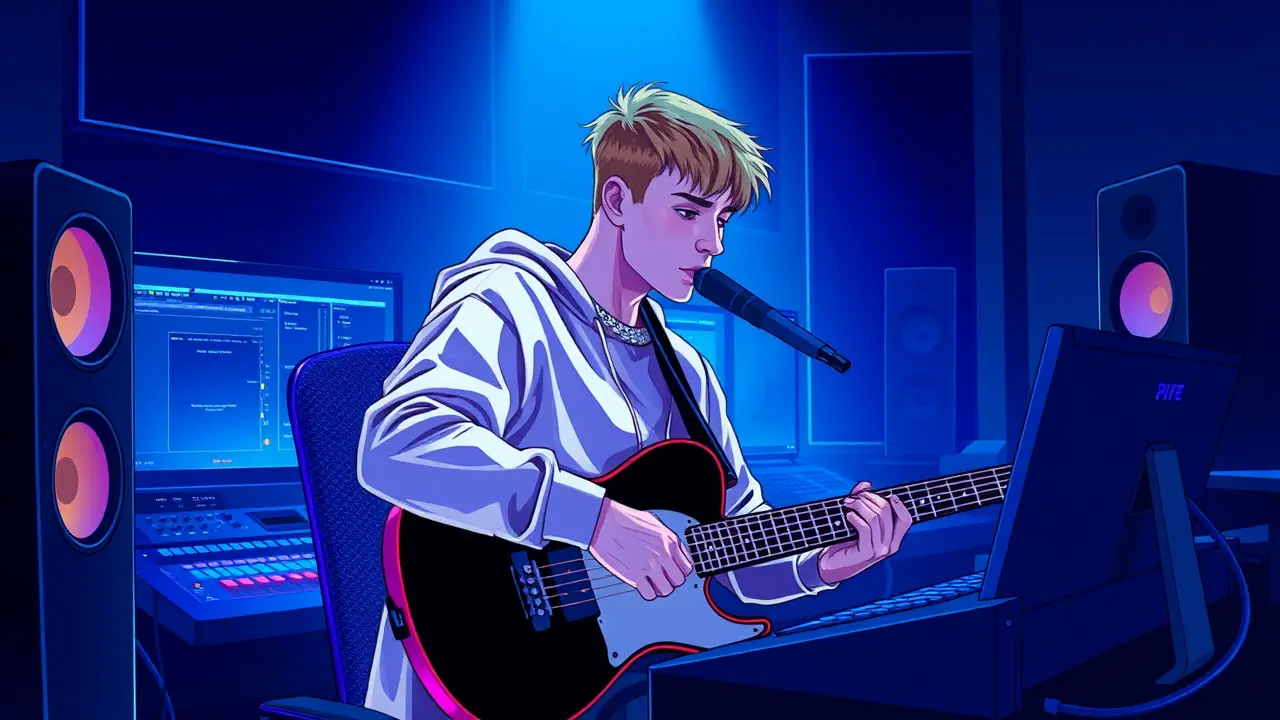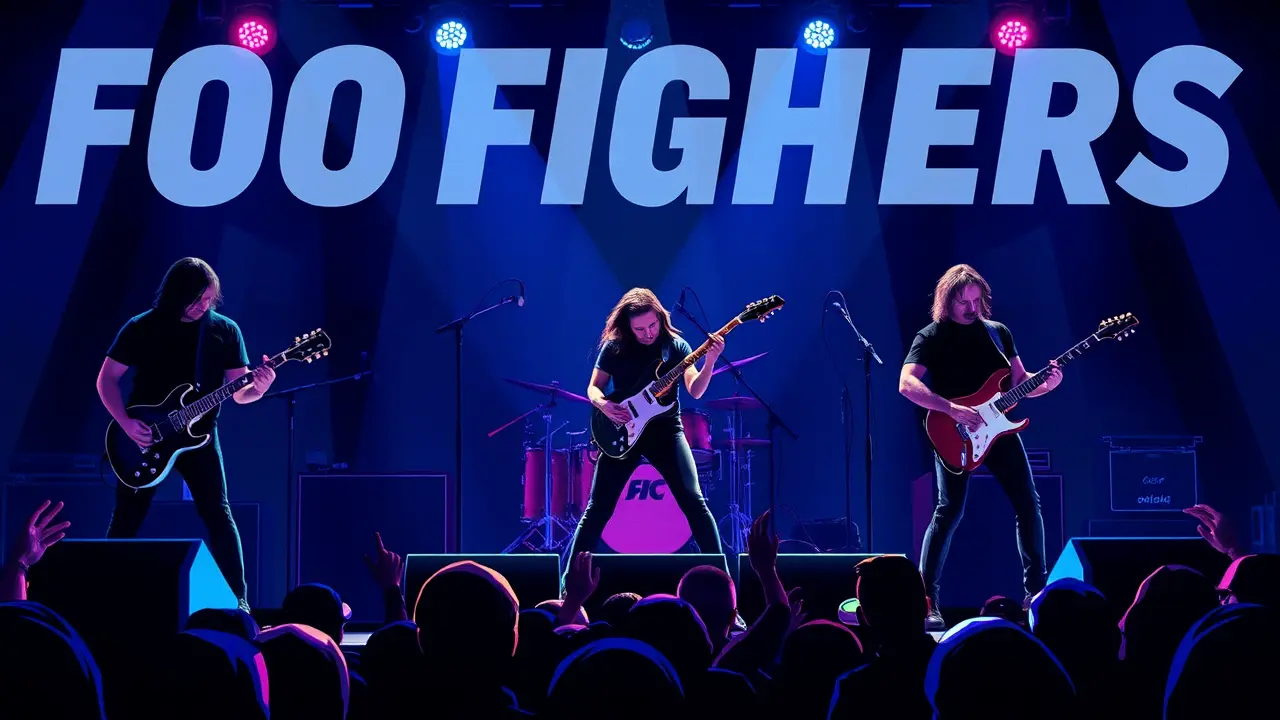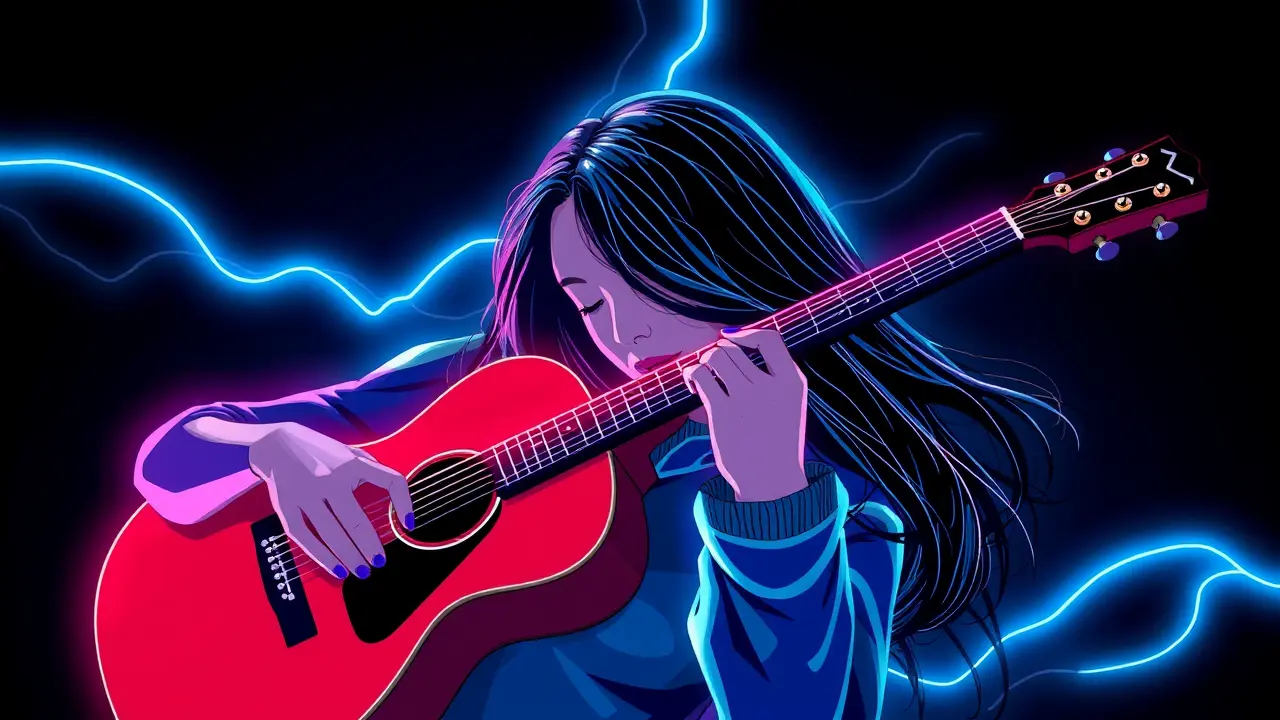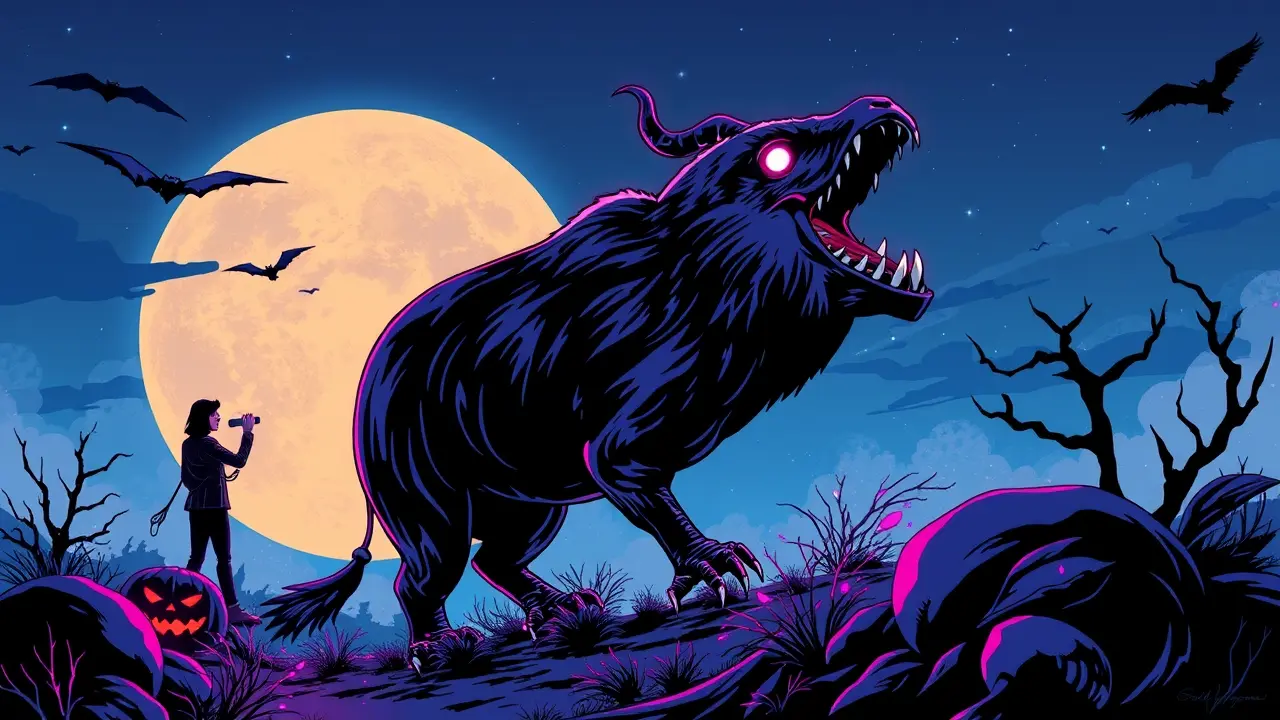
EntertainmentmusicTours and Concerts
Liam Gallagher Condemns Fan for Setting Off Flares at Concert.
BR
Brian Miller
1 day ago7 min read
The sacred communion between artist and audience, that unspoken pact forged in the shared darkness of a venue, was violently ruptured during a recent Liam Gallagher performance, a moment of pure rock and roll ecstasy corrupted by a dangerous and selfish act. As the opening chords of the anthemic 'Champagne Supernova'—a song that has soundtracked a million moments of blissful, swaying abandon—began to wash over the crowd, the scene was hijacked not by collective euphoria, but by the alarming ignition of two flares, their acrid, colored smoke billowing into the floor area.For Gallagher, a man whose entire persona is built upon the unvarnished, snarling authenticity of 90s Britpop, this wasn't a tribute; it was a betrayal. His subsequent condemnation was swift and unequivocal, a raw, from-the-gut reaction that echoes the sentiments of purists who see such pyrotechnic stunts as the antithesis of what live music should be.This incident forces a broader conversation about the evolving, and often troubling, etiquette of concert-going. Where does passionate fandom end and reckless endangerment begin? The history of rock is littered with fire, from The Who's explosive stage setups to Jimi Hendrix setting his guitar alight at Monterey, but those were controlled, artistic statements from the stage, not unpredictable projectiles launched from a sea of people.The modern gig, increasingly documented for social media clout, risks becoming a theater for performative fandom, where the goal is not to lose oneself in the music but to capture a viral moment, regardless of the safety of those standing shoulder-to-shoulder. One must consider the very real dangers: the searing heat of a flare can cause severe burns, the toxic smoke can trigger asthma attacks and respiratory distress in a tightly packed crowd, and the ensuing panic can lead to crushes and trampling.Security teams, already stretched thin monitoring for recording devices and general crowd control, are now tasked with identifying and intercepting these illicit items before they become a public safety crisis. This isn't merely a matter of breaking venue rules; it's a fundamental breach of the communal trust that allows these shared experiences to exist.Gallagher's stance places him in a lineage of artists, from Pearl Jam's Eddie Vedder to Rage Against the Machine's Zack de la Rocha, who have halted shows to call out disruptive or dangerous behavior, reaffirming that the stage is a shared space of respect. The fan's act, likely intended as a misguided homage to the rock god mythology, instead revealed a profound misunderstanding of its spirit.True rock and roll rebellion isn't found in blindly following a cliché; it's in the raw, unscripted power of a voice like Gallagher's cutting through the noise, in the collective surge of a crowd singing along to a timeless lyric, and in the mutual respect that allows that magic to happen, night after night, without anyone getting hurt. The aftermath of such an event lingers like the smell of sulfur, prompting venues to tighten security, artists to issue pre-show warnings, and the fan community to police its own, all in an effort to preserve the fragile, electric alchemy of a perfect live performance.
#featured
#Liam Gallagher
#Oasis
#fan incident
#flares
#concert safety
#Australia tour
#Champagne Supernova
Stay Informed. Act Smarter.
Get weekly highlights, major headlines, and expert insights — then put your knowledge to work in our live prediction markets.
Related News
Comments
It’s quiet here...Start the conversation by leaving the first comment.
© 2025 Outpoll Service LTD. All rights reserved.
